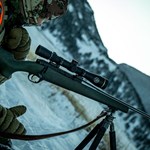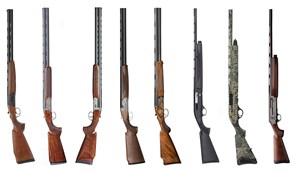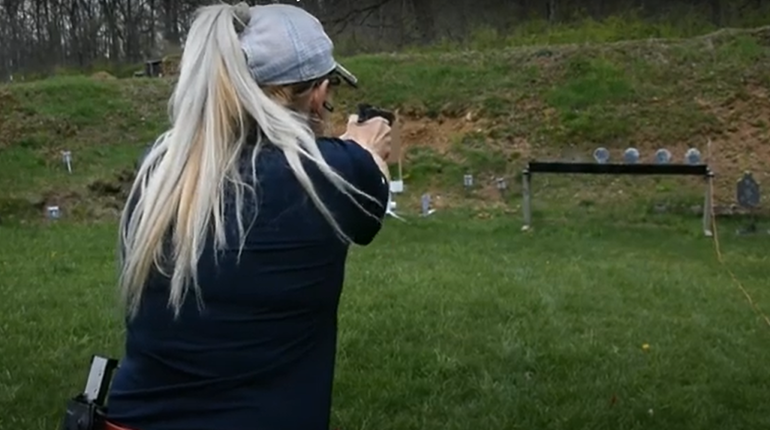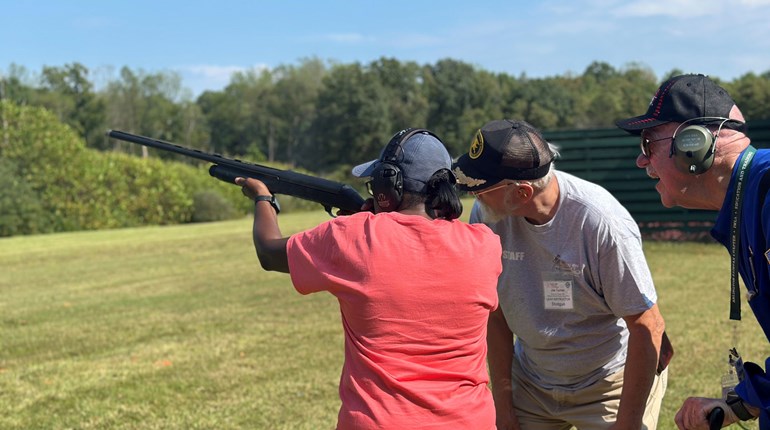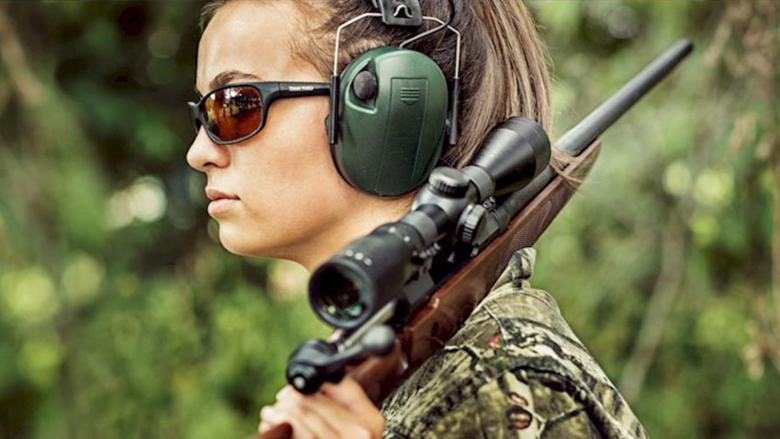
The .270 Winchester (.270 Win) is turning 100 years old this year, and has earned its rightful place in every avid hunter’s hunting rifle collection. Though now considered a serious and much-loved caliber, the evolution of this cartridge has been anything but a smooth transition from the “wildcatter’s” reloading bench into the average shooter’s gun safe.

When the .270 Win started out, it had mixed reviews. A lot of marketing went into the idea that every gun owner needed this caliber, or you were “not a serious hunter.” Yet with the intense media blitz, the .270 Win was still having a hard time becoming mainstream with North American hunters. The future did not look bright for this new cartridge until the .270 Win got the respectable voice of Jack O’Connor.
The Beginning
The .270 Win had its beginnings as a wildcat cartridge. The parent cartridge of the .270 Win is the .30-06 Sprg. The cartridge was developed by necking down a .30-06 Sprg. from .308 inches (7.62 mm) to .277 inches (7.0 mm). The original design of the .30-06 Sprg. was developed around a 150-gr. bullet. The original design of the .270 Win was developed around a 130-gr. bullet.
The NRA teaches the importance of always using the correct terminology when talking about guns. In gun-speak, when discussing the origins of a cartridge, it is common to hear the term “parent” cartridge. In cartridge terminology, a parent cartridge is when an established cartridge is changed to develop a new cartridge. This is done in several ways such as necking up or necking down the throat of the case, changing the shoulder angle, or shortening the original case. Often, the reason why a new cartridge is developed is usually to fill a void the parent cartridge is lacking.
The original intent of the .270 Win was to create a faster and flatter shooting cartridge that still maintained high muzzle energy. The .30-06 Sprg. (150 grain) at the time had an approximate average muzzle velocity of 2,900 feet per second (f.p.s.) and had an approximate muzzle energy of 2,850 ft.-lbs. The .270 Win (130 grain) that was developed had an approximate average muzzle velocity of 3,100 f.p.s. and had an approximate muzzle energy of 2,937 ft.-lbs. It is apparent that the wildcat cartridge, .270 Win, filled the void the .30-06 was missing.
Winchester Repeating Arms Company
It was the Winchester repeating Arms Company that took the .270 wildcat cartridge and made it an industry standard cartridge. Winchester first chambered the .270 Win in 1925 in its newly released Model 54 rifle.
The .270 Win is usually chambered in bolt action rifles. This cartridge can also be found in semi-automatic action rifles.
Jack O’Connor
Jack O’Connor, gun writer and editor for Outdoor Life magazine, became the voice for the .270 Win. Jack O’Connor’s career started writing for the publication in 1934. He soon became the chief gun columnist in 1936, arms and ammunition editor in 1941, and the magazine’s shooting editor in 1945. His long career in writing for the gun industry ended in 1978 when he retired. It was this “giant” voice of the gun industry that saved this new cartridge from the dust bin and made it a serious addition to the popular calibers that hunters “had to have!”
Jack O’Connor bought his first .270 Win when they came out in 1925. O’Connor quickly became an advocate of this cartridge. Unfortunately, the rest of the big game hunters in the U.S. were not as convinced and sold on this new cartridge as Jack O’Connor. Since this was the smallest of the large game cartridges developed at the time, hunters were concerned with the sectional density (SD). In other words, hunters were concerned that the .270 Win was not large enough for a quick, clean, and ethical kill. At the time, hunters were more apt to go with larger bullets when hunting large game animals.
It was the fact that Jack O’Connor had a large platform, he could make the case for the .270 Win. O’Connor started experimenting with the premium bullets at the time. When he found the perfect combination, he took it into the field. O’Connor used this new caliber on all large game animals in North America: white-tailed deer, mule deer, elk, moose and even bear.
It was O’Connor’s love of sheep hunting that was the ultimate test. O’Connor successfully took all four sheep species in North America using his .270 Win. He completed two “Grand Slams” consisting of Rocky Mountain Big Horn, Desert Big Horn, Stone and Dall Sheep.
By chronicling his hunts with the .270 Win, he made this cartridge popular with hunters across the country. The .270 Win is one of the most effective cartridges used for the most common sought-after game animals in North America, including white-tailed deer and elk.
The .270 Win is still one of the most popular cartridges in North America. Its flat trajectory and impact energy make it ideal for game animals such as white-tailed deer and pronghorn antelope. Ballistics also make it ideal for the largest game animals in North America such as moose and bear. Additionally, the relatively light recoil is easy to handle for smaller framed individuals and those sensitive to recoil. In other words, the .270 Win should have a place in every hunter’s collection!
I have two .270s in my collection and have taken many large game animals in North America. I find that it is easy to sight-in and easy to shoot. Additionally, the ammunition is easy to find since every major ammunition manufacturer produces premium rounds for the .270 Win. Like many large game hunters, the .270 Win is my go-to gun. I do not think that I have ever been in a deer camp where there was not at least one .270 Win in the gun rack. I am just glad that Jack O’Connor showed the gun world that the .270 Win was worth keeping around.



